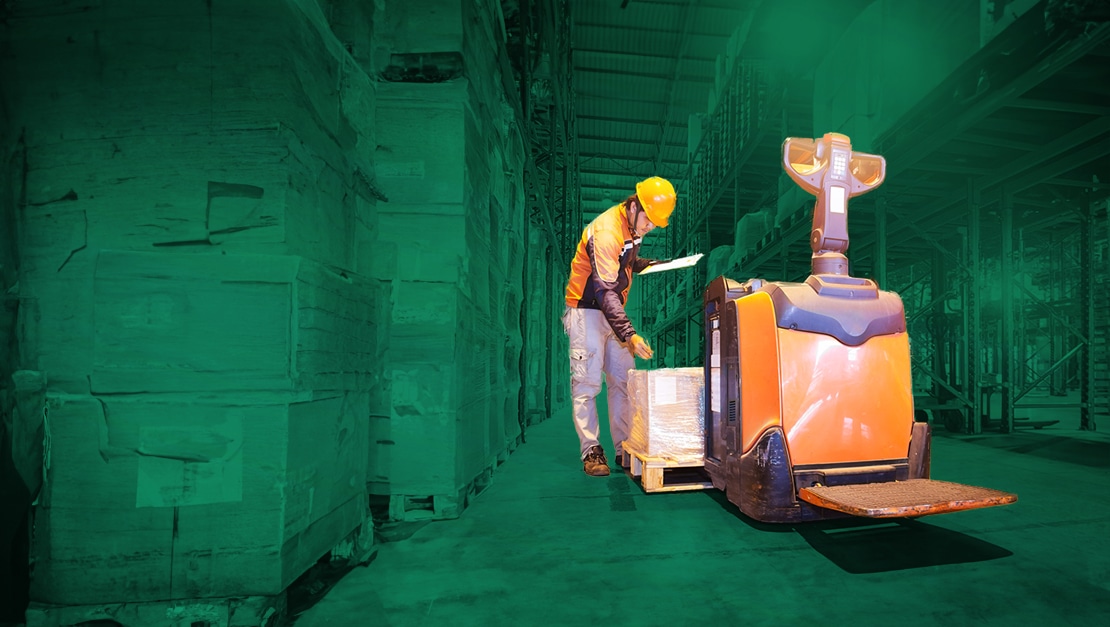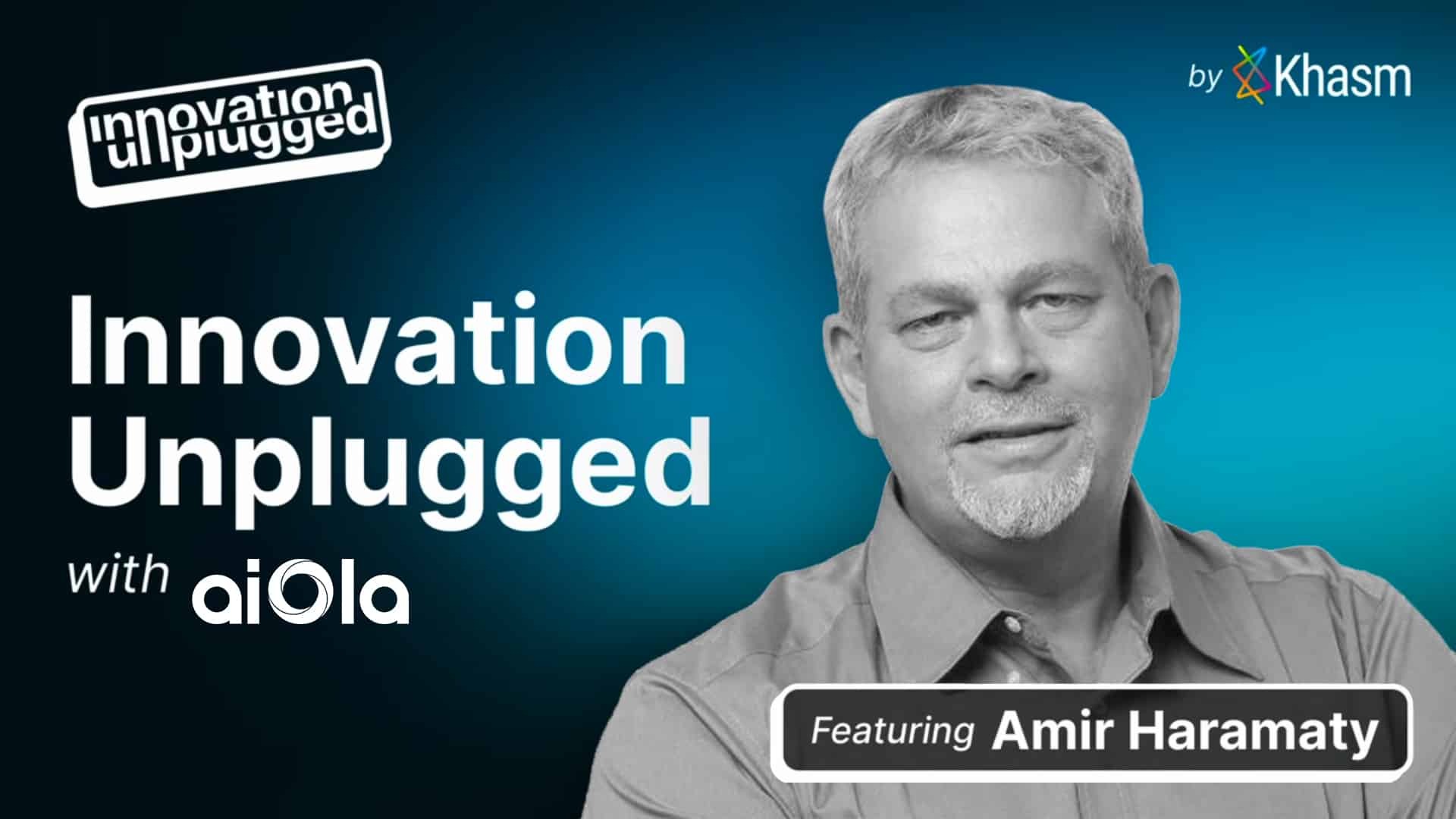Manufacturing moves quickly. Productivity metrics such as production per labor hour (PPLH) and cases per hour (CPH) are crucial indicators of operational efficiency. In manufacturing, PPLH is also sometimes considered to be a pallet per labor hour, denoting how productive a team is by assessing the number of completed pallets. A high PPLH implies labor is being used effectively, while a low CPH means production is cost-effective.
Manufacturers will seek to balance these metrics without compromising on quality. To do this, artificial intelligence (AI) solutions have emerged as an essential tool for automating and streamlining workflows. Speech AI, in particular, is helping manufacturers leverage natural language to optimize task management, reduce manual errors, and maintain a high standard of safety and quality.
In this blog post, we’ll examine how speech AI solutions are changing the way manufacturers operate and how this technology can improve productivity metrics in the field.
Understanding Pallet Per Labor Hours (PPLH) and Cases Per Hour (CPH)

Optimizing manufacturing operations is tied to the ability of an organization to measure productivity and efficiency and find ways to improve it. Therefore, it’s important to keep track of certain key performance indicators (KPIs), such as:
- Pallet Per Labor Hour (PPLH): This KPI measures the number of pallets handled by a worker or team in one hour. This measurement reflects the efficiency of labor and moving and organizing goods and helps managers identify bottlenecks and optimize workforce allocation
- Case Per Hour (CPH): CPH measures the number of cases a worker or team processed in one hour. It’s a KPI that looks at operational efficiency where cases need handling, like packing and shipping, and helps management verify quick turnaround times, improve service levels, and minimize delays
Optimizing PPLH and CPH isn’t without its challenges. For starters, teams need to balance speed with quality so as not to incur more errors or risk safety just for the sake of working quicker. Additionally, excessive workloads can lead to worker fatigue which reduces accuracy and risks injuries. Technology like automation and AI can be implemented to address these challenges and increase efficiency without sacrificing quality or adding to the workload.
The Role of Speech AI Solutions in Optimizing Productivity
In 2022, the market size for AI solutions in manufacturing was 3.8 billion. That number is expected to reach over 68 billion by 2032, representing a whopping CAGR of 33.5% in only 10 years. As a quickly developing AI technology, speech AI can be expected to play a big role in that growth.
Speech AI relies on natural language processing (NLP) and machine learning (ML) to interpret and respond to human speech. This is what allows speech AI technology to recognize voices, commands, and turn instructions into tasks or actions. Aside from simple voice-activated controls, speech AI today is capable of complex decision-making, robust data collection, and workflow automation, making it an efficiency-enhancing tool in various operations.
By enabling hands-free operation, speech AI can help teams reduce the reliance on manual data entry and reduce errors in the process while automating essential tasks. In fact, a report by McKinsey estimates that AI technologies have the potential to automate 60 to 70% of employees’ work time, which in manufacturing, leads to significant potential for boosted productivity.
Through voice commands and natural speech, workers can manage tasks, update inventory levels, or access data without interrupting their workflow. This allows for more seamless coordination and communication in manufacturing processes where tasks can be completed more quickly and accurately to maintain an efficient workflow.
There are many benefits to using speech AI solutions in manufacturing to book PPLH and CPH, for example:
- Speech AI can reduce downtime and optimize labor utilization
- Workers can move more pallets per hour and process more cases by removing manual tasks from their workloads
- Speech AI helps maintain high quality standards with real-time guidance and checks
- The likelihood of error is reduced since employees are focused on the task instead of manual data entry
Overall, speech AI has a lot to contribute to manufacturing and can greatly help improve the rates of PPLH and CPH.
Strategies for Increasing PPLH and CPH With Speech AI Solutions
Achieving the rates you want for PPLH and CPH requires a strategic approach. By leveraging advanced technologies you can better optimize workflows and labor efficiency. Speech AI solutions create innovative paths for enhancing productivity through improved communication, streamlined processes, and impactful insights. Here are a few key strategies you can employ to maximize PPLH and CPH using speech AI.
Enhancing Communication and Coordination With Speech AI
Speech AI can help companies improve communication by establishing seamless, hands-free interactions between workers. Not only that, it can also help systems and computers communicate. Real-time voice commands help team members work in synchronization and reduce delays and misunderstandings. An increase in coordination can lead to better task execution, such as PPLH and CPH.
Streamlining Process to Boost Efficiency
Speech AI solutions can streamline workflows by automating repetitive tasks and facilitating quicker decision-making. When workers complete actions like vocally updating inventory, logging tasks, or accessing data, the effect is a reduction in manual efforts, which helps reduce errors. This level of automation helps speed up certain processes, like pallet or case processing, to better optimize labor and resources.
Leveraging AI-Driven Insights for Ongoing Improvement
Another way to improve operational performance with speech AI is through its ability to generate tons of valuable data. This information can be used to identify bottlenecks, areas for improvement, and weed out certain errors caused by manual workflows. AI-driven insights provide managers with a wealth of reliable data that can be used for better decision-making, adjusting workflows, or implementing new best practices. Additionally, by continuously gathering these insights, managers can constantly refine processes to ensure the sustained improvement of PPLH and CPH for long-term productivity gains.
Implementing aiOla’s Speech AI for Better PPLH and CPH
aiOla, a speech AI technology that allows organizations to turn words into actions, can help manufacturers increase both their pallet per labor hours and case per hour rates. With its entirely hands-free operation, workers can focus entirely on processing pallets and cases without distracting themselves with inputting data digitally or on paper.
With aiOla, employees can dictate or speak normally to collect essential data, such as workflow details of items on a pallet, completed tasks, or even machinery inspections. With this level of speech AI complementing workflows, aiOla can help organizations decrease the workload of certain tasks so that PPLH and CPH can be increased.
In fact, after implementing aiOla, a Fortune 200 company was able to make manufacturing processes more productive by increasing the number of pallets per hour by 25%. Not only did the company experience a boost in PPLH, but thanks to aiOla’s speech AI, communication between team members was also streamlined as workers such as forklift drivers could continue operations while sharing updates through speech.
When it comes to manufacturing, working more productively goes hand-in-hand with working more safely. The same company also saw a reduction in four safety issues per shift, demonstrating how with speech AI, employees could keep their eyes and hands free for the tasks they should be focused on, helping them work more safely and efficiently.
Automating Better PPLH and CPH With Speech AI
With speech AI, manufacturers and warehousing teams can automate essential processes that will lead to stronger pallet per labor hour and case per hour rates. By boosting these numbers, work can flow more smoothly and with fewer errors, leading to efficiency gains across the board. By tracking these important metrics and implementing cutting-edge technology like aiOla speech AI, your team can enhance its capacity without relying on additional costly resources.
Book a demo with one of our experts to see how aiOla can help you boost PPLH and CPH today.








